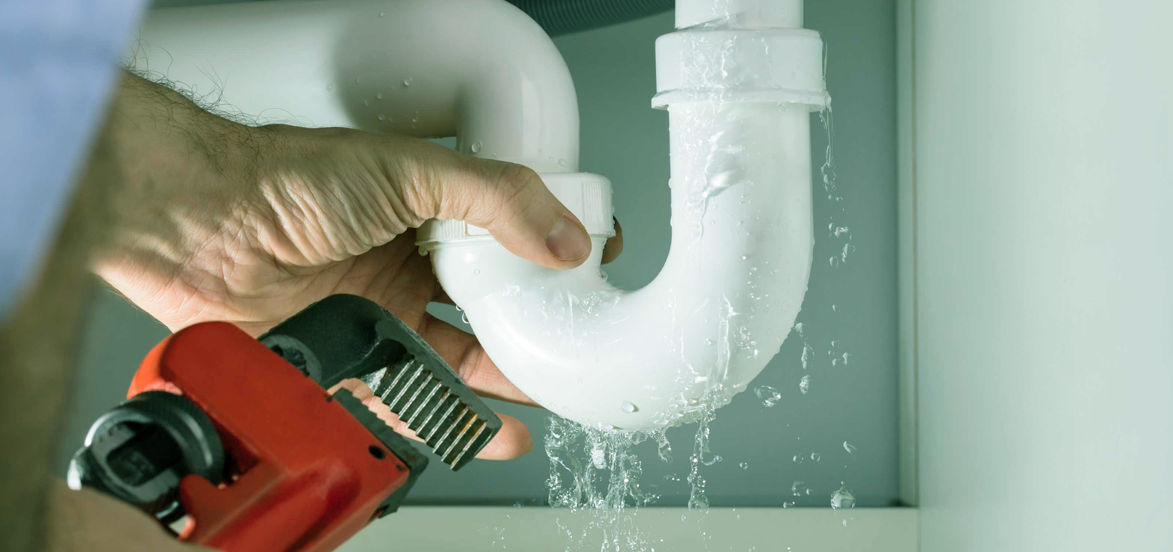Just about every person maintains their own unique perception involving Hacks to detect leaks.

Early discovery of leaking water lines can reduce a possible calamity. Some tiny water leaks might not be noticeable.
1. Examine the Water Meter
Every home has a water meter. Examining it is a surefire way that assists you uncover leakages. For starters, turn off all the water resources. Make certain no one will flush, utilize the faucet, shower, run the washing maker or dish washer. From there, most likely to the meter and watch if it will alter. Considering that no person is using it, there must be no activities. If it relocates, that indicates a fast-moving leak. Similarly, if you identify no changes, wait an hour or more as well as inspect back once more. This indicates you might have a slow-moving leakage that can also be below ground.
2. Inspect Water Intake
Assess your water expenses as well as track your water consumption. As the one paying it, you should notice if there are any kind of disparities. If you identify sudden changes, in spite of your consumption coinciding, it means that you have leakages in your plumbing system. Keep in mind, your water expense should fall under the very same range monthly. A sudden spike in your expense indicates a fast-moving leakage.
Meanwhile, a constant boost monthly, despite having the exact same habits, reveals you have a slow leakage that's likewise gradually intensifying. Call a plumber to thoroughly inspect your home, especially if you really feel a warm location on your flooring with piping beneath.
3. Do a Food Coloring Examination
30% comes from bathrooms when it comes to water intake. Test to see if they are running appropriately. Drop specks of food shade in the tank as well as wait 10 mins. If the color in some way infiltrates your bowl during that time without flushing, there's a leakage between the storage tank and also dish.
4. Asses Exterior Lines
Do not fail to remember to examine your exterior water lines also. Needs to water seep out of the connection, you have a loose rubber gasket. One tiny leak can waste loads of water as well as surge your water expense.
5. Examine the circumstance as well as check
House owners must make it a routine to inspect under the sink counters and also also inside cabinets for any bad odor or mold development. These 2 warnings suggest a leak so prompt focus is called for. Doing regular assessments, even bi-annually, can save you from a major trouble.
Examine for stainings and also deteriorating as many devices as well as pipes have a life span. If you suspect dripping water lines in your plumbing system, don't wait for it to rise.
Early detection of dripping water lines can mitigate a prospective disaster. Some small water leakages may not be visible. Examining it is a surefire method that aids you uncover leaks. One small leakage can squander heaps of water and increase your water bill.
If you think dripping water lines in your plumbing system, don't wait for it to intensify.
WARNING SIGNS OF WATER LEAKAGE BEHIND THE WALL
PERSISTENT MUSTY ODORS
As water slowly drips from a leaky pipe inside the wall, flooring and sheetrock stay damp and develop an odor similar to wet cardboard. It generates a musty smell that can help you find hidden leaks.
MOLD IN UNUSUAL AREAS
Mold usually grows in wet areas like kitchens, baths and laundry rooms. If you spot the stuff on walls or baseboards in other rooms of the house, it’s a good indicator of undetected water leaks.
STAINS THAT GROW
When mold thrives around a leaky pipe, it sometimes takes hold on the inside surface of the affected wall. A growing stain on otherwise clean sheetrock is often your sign of a hidden plumbing problem.
PEELING OR BUBBLING WALLPAPER / PAINT
This clue is easy to miss in rooms that don’t get much use. When you see wallpaper separating along seams or paint bubbling or flaking off the wall, blame sheetrock that stays wet because of an undetected leak.
BUCKLED CEILINGS AND STAINED FLOORS
If ceilings or floors in bathrooms, kitchens or laundry areas develop structural problems, don’t rule out constant damp inside the walls. Wet sheetrock can affect adjacent framing, flooring and ceilings.
https://www.servicemasterbyzaba.com/blog/how-to-detect-water-leakage-in-walls/

Hopefully you liked our part about Hacks to detect leaks. Thanks for taking time to read through our content. Sharing is good. Helping others is fun. Many thanks for your time. Don't forget to come by our blog back soon.
Contact for quality!